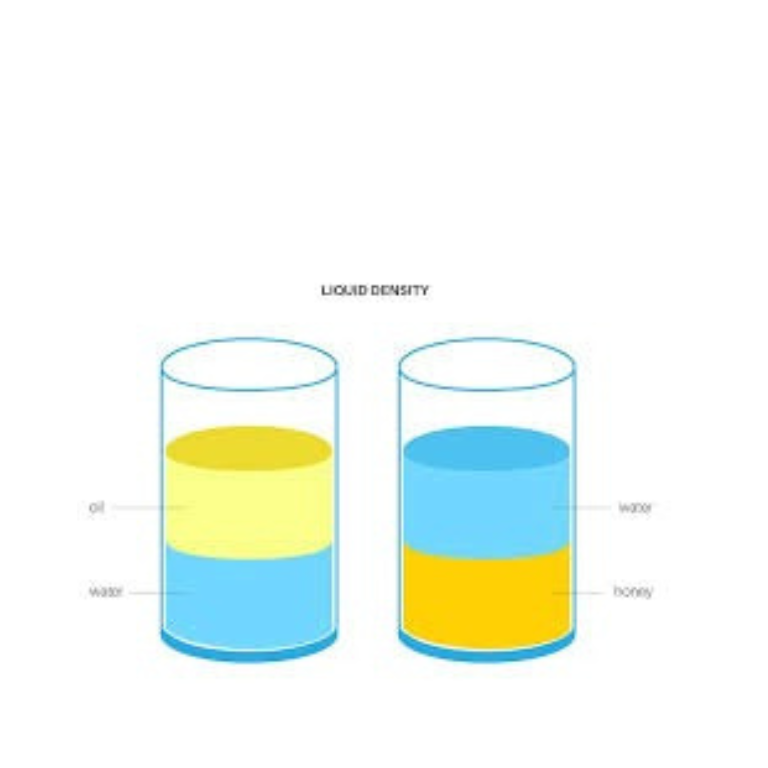Synthesis of Aspirin
Salicylic acid + Acetic anhydride
Simulate the synthesis of aspirin (acetylsalicylic acid) from salicylic acid and acetic anhydride. Observe the esterification reaction and crystallization of aspirin.
Aspirin Synthesis Setup
Salicylic Acid
Acetic Anhydride
Observation:
Click "Mix Reactants" to begin the aspirin synthesis process.
The Science Behind Aspirin Synthesis
Chemical Reaction:
C7H6O3 + (CH3CO)2O → C9H8O4 + CH3COOH
(Salicylic acid) + (Acetic anhydride) → (Aspirin) + (Acetic acid)
Reaction Mechanism:
- Step 1: Protonation of acetic anhydride by acid catalyst (H₂SO₄)
- Step 2: Nucleophilic attack by salicylic acid's hydroxyl group
- Step 3: Formation of acetylsalicylic acid (aspirin) and acetic acid
- Step 4: Crystallization of aspirin upon cooling
Key Components:
| Component | Role | Properties |
|---|---|---|
| Salicylic Acid | Reactant | Phenolic compound with -OH and -COOH groups |
| Acetic Anhydride | Reactant | Acetylating agent, reacts with -OH group |
| Sulfuric Acid | Catalyst | Protonates acetic anhydride |
| Aspirin | Product | White crystalline solid, mp 135°C |
Procedure Steps:
- Mix salicylic acid with acetic anhydride
- Add a few drops of concentrated sulfuric acid
- Heat gently for 10-15 minutes
- Cool the reaction mixture to crystallize aspirin
- Filter and wash the crystals
Applications of Aspirin:
- Pain relief (analgesic)
- Fever reduction (antipyretic)
- Anti-inflammatory
- Blood thinner (antiplatelet)
- Prevention of heart attacks and strokes


